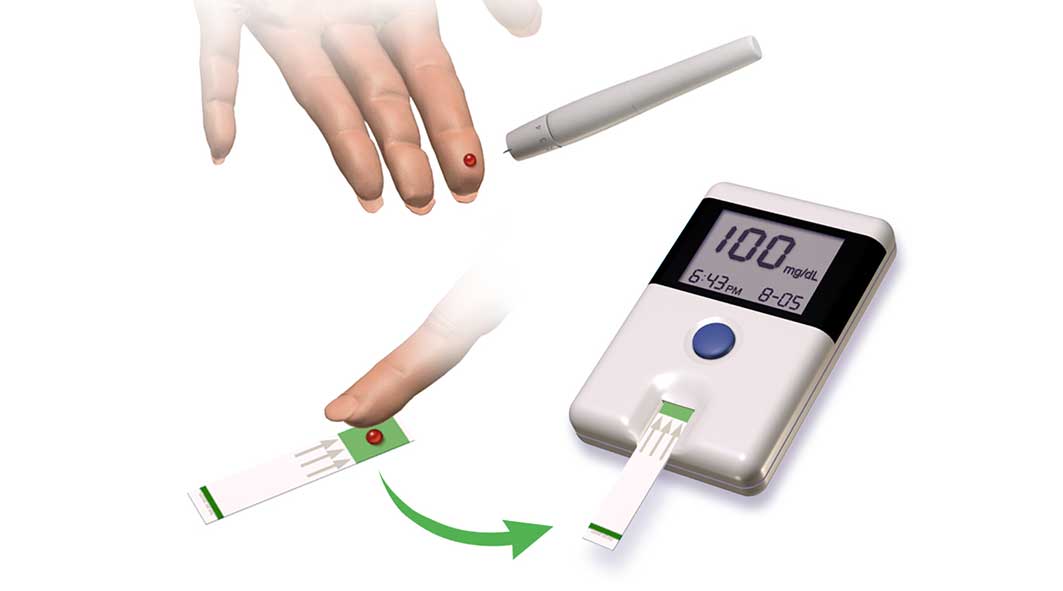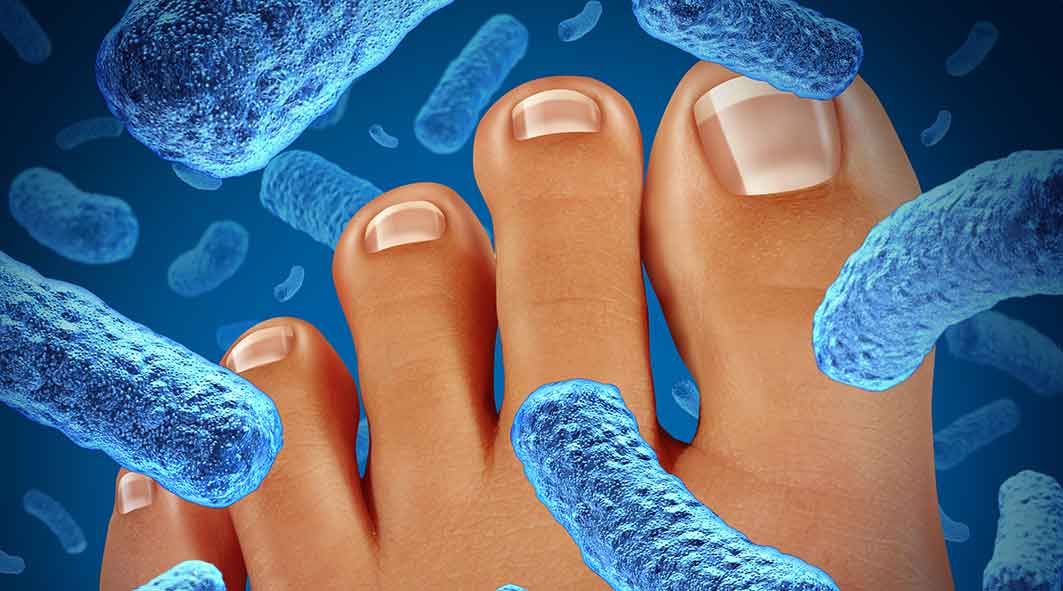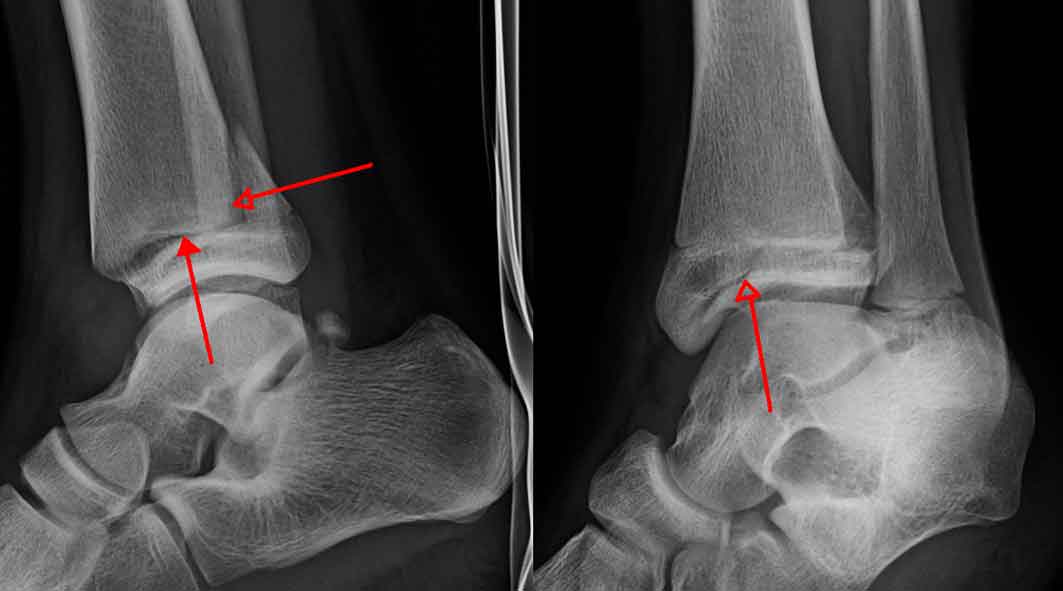Tight Glucose Control The most important goal of diabetes treatment is tight glucose control. The American Diabetes Association recommends that most adults with diabetes keep their blood glucose levels between 90 and 130 mg/dL before meals (preprandial) and less than 180 mg/dL after meals (postprandial). Your doctor may recommend a …
Read More »What causes constipation?
What causes constipation? Theoretically, constipation can be caused by the slow passage of digesting food through any part of the intestine. More than 95% of the time, however, the slowing occurs in the colon. Medications A frequently over-looked cause of constipation is medications. The most common offending medications include: •Narcotic …
Read More »there is another sleep disorder that people are less likely to discuss
Understanding Sexsomnia Everyone has heard of the sleepwalker, the sleep eater and the sleep talker. However, there is another sleep disorder that people are less likely to discuss: sexsomnia. What is Sexsomnia? Sexsomnia, also called sex sleep, was first identified in 1996 and is a classified sleep disorder characterized as …
Read More »What is a Multiple Orgasm?
Multiple Orgasms “All women are [physiologically] capable of having multiple orgasms,” says Barbara Bartlik, MD, clinical assistant professor of psychiatry at Weill Medical College of Cornell University in New York, NY. So why aren’t more women keeping their neighbors awake at night with their moans of pleasure? “Women, and their …
Read More »Athlete’s Foot (Tinea Pedis)
Athlete’s Foot (Tinea Pedis) What Is It? Athlete’s foot, also known as tinea pedis, is a common foot infection caused by fungi called dermatophytes. Found in many different places indoors and outdoors, dermatophytes are especially common in the warm, moist environments of pools, showers, locker rooms and other sports facilities, …
Read More »Ankle Fracture
Ankle Fracture What Is It? When a bone breaks or cracks, the injury is called a fracture. In the ankle, three different bones can be fractured: The tibia ? This is the larger of the two bones in the lower leg. The tibia’s lower end flares out, forming a hard, …
Read More »Chronic Pain and Depression
Living with chronic pain should be enough of a burden for anybody. But pile on depression — one of the most common problems faced by people with chronic pain — and that burden gets even heavier. Depression can magnify pain, and make it harder to cope. The good news is …
Read More »What other medications are used for treating migraine headaches
What other medications are used for treating migraine headaches? Narcotics and butalbital-containing medications sometimes are used to treat migraine headaches; however, these medications are potentially addicting and are not used as initial treatment. They are sometimes used for individuals whose headaches fail to respond to OTC medications but who are …
Read More »heart murmur(Overview)
heart murmur(Overview) A heart murmur is an abnormal “whooshing” or “swishing” sound heard with a stethoscope when there is unsteady blood flow near the heart. This sound is different from the usual “lub-dub” heartbeat sound. Heart murmurs can be loud or soft. Most of the time, they are harmless, but …
Read More »heart murmur(Diagnosis)
Diagnosis Typically, heart murmurs are discovered when a physician listens to the heart with a stethoscope during a routine physical examination. If the physician detects any unusual heart sounds, he or she will ask about the patient’s medical and family history and about the presence of any symptoms (e.g., chest …
Read More »How unfair is the credit and blame in your office?
360 degrees of credit and blame How unfair is the credit and blame in your office? As mentioned in earlier postings, credit and blame is at the heart of organizational psychology, for better or for worse. The “who, what, where, why, when, and how” of the assignment of positive regard …
Read More » Parsi Teb Physical and Mental Health Journal
Parsi Teb Physical and Mental Health Journal 










